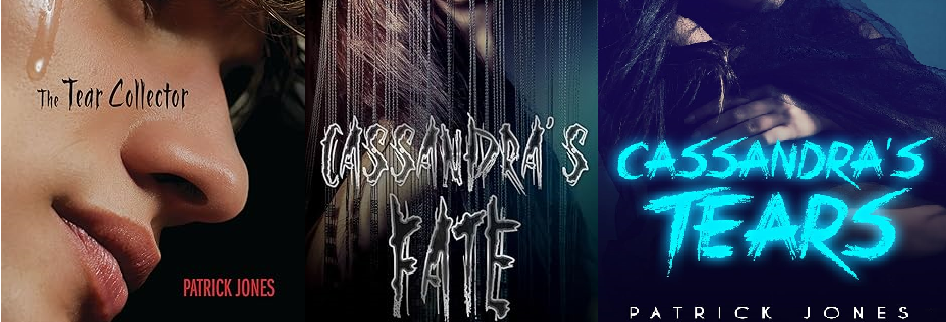RAWing with Cynthia Leitich Smith answering the five questions of doom
- Tell me how you got started writing, in particular writing for teens. What is it that draws you to tell the story of teens, in particular Native American teens?
Certainly! I’ve been writing since before I was a teen—first poetry and short stories, then I shifted to school newspaper articles and eventually professional journalism.
I flirted with short fiction in English classes at The University of Kansas, but didn’t begin writing for young readers in earnest until I’d graduated from Michigan Law School and was clerking in downtown Chicago.
My earliest of those stories were for younger children—a picture book (Jingle Dancer), chapter book (Indian Shoes) and tween novel (Rain Is Not My Indian Name)(all HarperCollins).
I’d taken the first piece of advice often giving to new writers: write what you know. I’m a mixed blood, tribal citizen of Muscogee (Creek) Nation and hail from a lower middle-class family, with strong military ties, in the mid-to-southwest. It was the place my heart beats, a place to begin.

- That said, you’ve also written picture books and paranormal, but are there particular themes which run through your books regardless of ages? What are your writing concerns?
Intergenerational relationships are found throughout my books. My life has been heavily influenced by my grandparents’ generation, and I give that gift to my characters.
You’ll also notice repeated gender and cultural empowerment themes, a predisposition of my characters to—as they progress—take ownership and pride in their identities.
- In addition to writing books, you have one of the most successful writer blogs, including plenty of information resources. You refer to yourself as a writing teacher and speaker. How do those these other (teacher, speaker, blogger) roles inform your own writing?
My artistic and professional life is a conversation—within myself, my stories and my communities. I learn by teaching. The process of having to articulate principles of craft helps me to better access and innovate it. Teaching colleagues like Marion Dane Bauer, Kathi Appelt, Tim Wynne-Jones, and Rita Williams-Garcia shower me in wisdom, encouragement, grand company and great humor.
I’m also a signal booster, someone who makes an effort to share not only my voice but those of others in a way that hopefully informs and inspires. Meanwhile, Cynsations satisfies my inner journalist, the one who longed to cover good news.
- Last year the #we need diverse books movement kicked into high gear and interest in a more diverse body of literature for and about diverse populations, in particular kids of color. What do you think are some of the barriers to making YA more diverse? Related, what is your take on white authors writing books about young people of color? Yes? No? Maybe?
First, we’re looking for quality diversity—not only books that reflect various populations but that do so while honoring the full range of their histories, experiences and humanity.
To that end, we need to diversify all ranks of publishing—characters, authors/illustrators, gatekeepers, publishing pros, distributors and booksellers and…
You get the idea. We must open ourselves to authentic perspectives that may not jibe with our preconceptions, including those that challenge our comfort zones.
The biggest barrier is getting past the idea that diversity is some kind of genre or trend.
It’s part and parcel with life, with literature: the idea that any child can be a hero that everybody cheers. That’s a forever reality, one that must be celebrated.
I routinely write across identity markers—tribal affiliation, gender, generation, orientation, religion, culture, region, race, and so forth. I’ve also done so, through metaphor, with fantastical characters. I’m talking about both protagonists and secondary cast members in realistic and speculative fiction. How could I not and hope to speak meaningfully to the young readers of our diverse world?
The question of white writers taking on heroes of color is not about whether; it’s about why and how. The answers will be different for each who accepts the challenge, the responsibility. Yet they all will be built, in part, on patience, deep listening, being willing to unlearn, being willing to risk, owning mistakes, and prioritizing the entire young audience.
- What are you working out now? What is coming out soon? What monsters are in the closet ready to emerge?
I’m living monster-free these days, returning to my literary roots. I’m writing my first contemporary realistic novel since Rain Is Not My Indian Name (HarperCollins) was published in 2001. How to End a Date (Candlewick) is an upper YA that features a Native protagonist and is loosely based on my own YA dating and culture-clash experiences.
I’m breathing through it, one page, one word, one keystroke, at a time—sometimes closing my eyes to remember.




